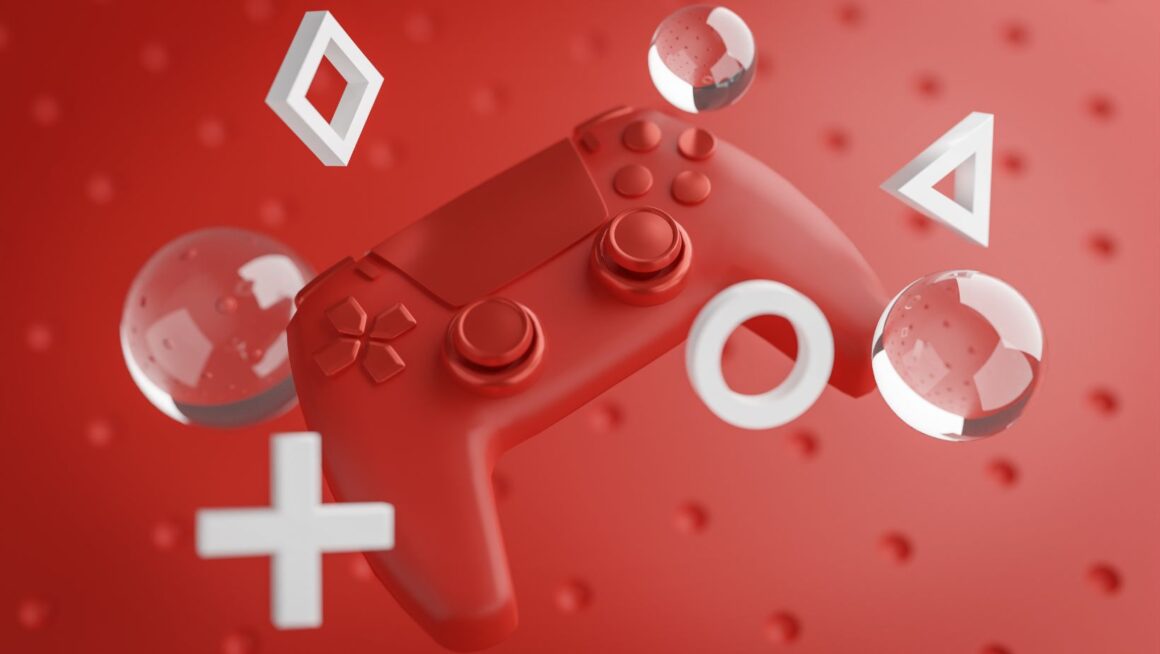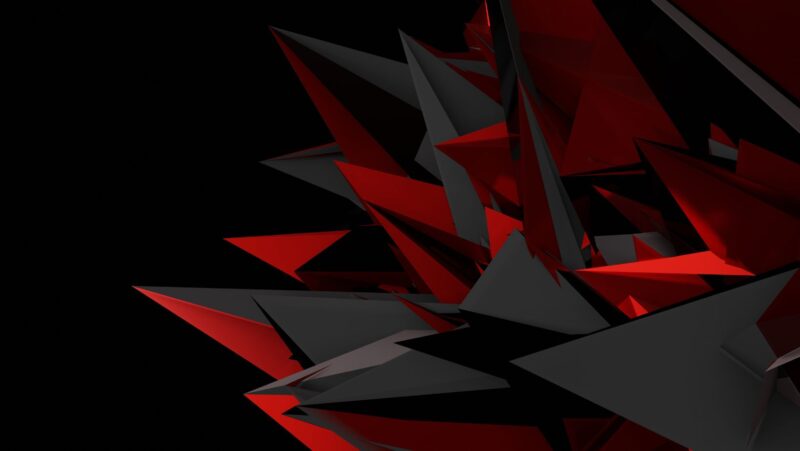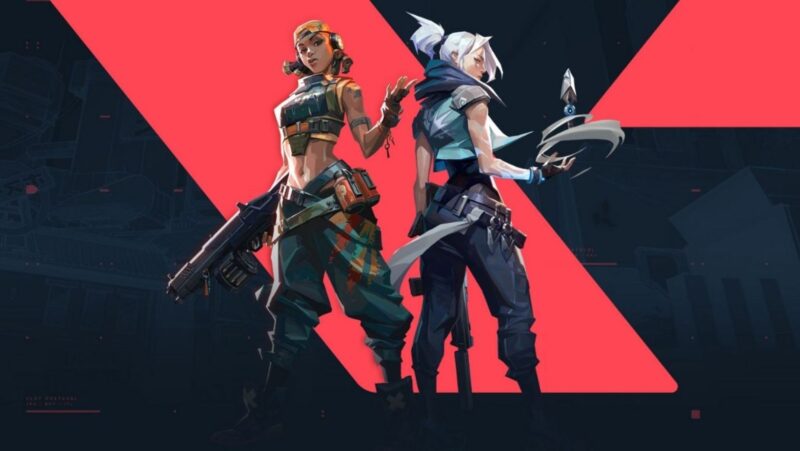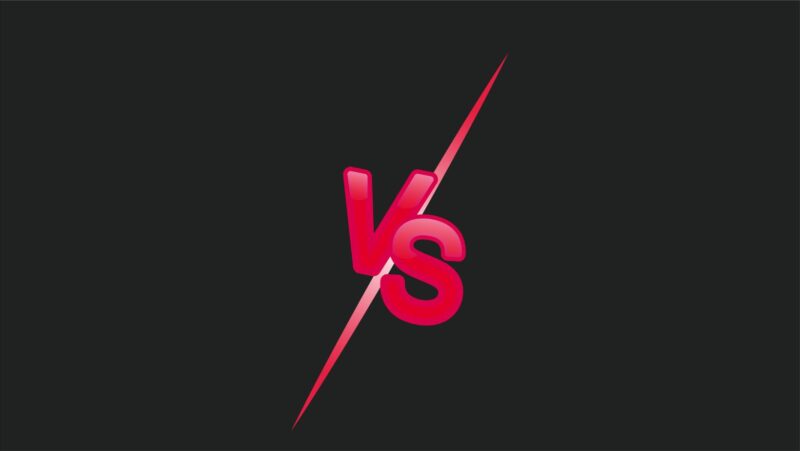
In the world of gaming, a logo serves as a powerful symbol that represents a brand’s identity and values. When it comes to red gaming logos, the color red is often associated with energy, passion, and excitement, making it a popular choice among gaming companies looking to make a bold statement. Red logos have the ability to grab attention and evoke a sense of intensity that resonates well with the dynamic nature of the gaming industry.
A red gaming logo can convey a sense of power and competitiveness, setting the tone for a thrilling gaming experience. Whether it’s a fiery red dragon, a sleek red sports car, or a futuristic red emblem, the color red can add a vibrant and captivating element to a gaming logo, leaving a lasting impression on players and enthusiasts alike.
Red Gaming Logo
Psychological Influence of Red in Branding
 Red holds a significant psychological influence when used in branding, especially in gaming logos. It is commonly associated with energy, passion, and excitement. The color red triggers strong emotions and stimulates the senses, making it a compelling choice for companies looking to create logos that evoke intensity and dynamism.
Red holds a significant psychological influence when used in branding, especially in gaming logos. It is commonly associated with energy, passion, and excitement. The color red triggers strong emotions and stimulates the senses, making it a compelling choice for companies looking to create logos that evoke intensity and dynamism.
In gaming logo design, the color red plays a crucial role in enhancing visibility and recognition. Red logos tend to stand out prominently against different backgrounds, making them easily identifiable even from a distance. This distinctiveness helps in creating a strong visual presence for a gaming brand, ensuring that it captures the attention of the audience quickly and leaves a lasting impression.
Breaking Down the Anatomy of a Red Gaming Logo
Key Components
 Red gaming logos typically consist of key components that work together to create a cohesive and impactful design. These components include color, shape, imagery, and typography. The color red, as discussed earlier, plays a crucial role in conveying energy and passion, while also grabbing the audience’s attention. Shapes in gaming logos can range from abstract designs to intricate illustrations, contributing to the overall visual aesthetic.
Red gaming logos typically consist of key components that work together to create a cohesive and impactful design. These components include color, shape, imagery, and typography. The color red, as discussed earlier, plays a crucial role in conveying energy and passion, while also grabbing the audience’s attention. Shapes in gaming logos can range from abstract designs to intricate illustrations, contributing to the overall visual aesthetic.
Iconography and typography are two vital aspects of red gaming logos that add depth and character to the design. Iconography, such as symbols or mascots, can represent the brand’s identity and values, creating a memorable visual representation for gamers. These icons are carefully crafted to resonate with the target audience and evoke the desired emotions. Typography, on the other hand, plays a significant role in enhancing readability and conveying the brand’s tone.
Case Studies of Iconic Red Gaming Logos
Industry Giants and Their Signature Red
 Leading gaming companies have utilized the power of red in their logos to establish a strong brand presence. One prime example is Nintendo, whose iconic red logo embodies energy and excitement, resonating with gamers worldwide. The bold red color in Nintendo’s logo symbolizes innovation and a pioneering spirit in the gaming industry. The strategic use of red has contributed to Nintendo’s brand recognition and dominance in the market.
Leading gaming companies have utilized the power of red in their logos to establish a strong brand presence. One prime example is Nintendo, whose iconic red logo embodies energy and excitement, resonating with gamers worldwide. The bold red color in Nintendo’s logo symbolizes innovation and a pioneering spirit in the gaming industry. The strategic use of red has contributed to Nintendo’s brand recognition and dominance in the market.
Another industry giant, Sony PlayStation, incorporates red in its logo to signify passion and intensity. The sleek design of the red and white logo showcases Sony’s commitment to delivering cutting-edge gaming experiences. The red color in PlayStation’s logo evokes a sense of thrill and adventure, appealing to a diverse gaming audience.
Start-Up Successes with Red Logos
Emerging gaming start-ups have also leveraged the power of red in their logos to make a lasting impact. One notable example is Discord, a communication platform for gamers, which features a red and blue logo. The vibrant red color in Discord’s logo represents energy and dynamism, reflecting the platform’s fast-paced gaming environment.
Another start-up success story is Roblox, a user-generated gaming platform known for its red and white logo. The bold red color in Roblox’s logo symbolizes creativity and innovation within the gaming community. The simplicity of the red and white design enhances brand recognition and gives Roblox a distinct visual identity in the competitive gaming landscape.
